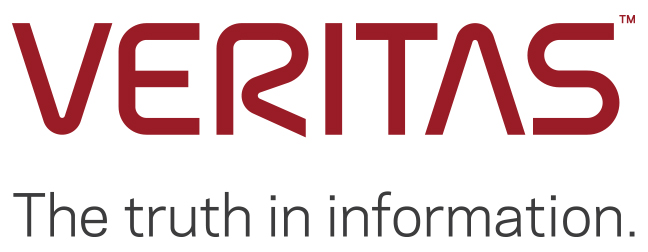

The maximum time period for which DMP retries the SCSI-3 Persistent Reserve operation with A/P arrays can now be tuned by using the dmp_retry_timeout parameter with the vxdmpadm command. Retry period for Persistent Group Reservation (PGR).The values of most DMP tunables can now be set by using the vxdmpadm settune command. Faster failure detection and recovery by DMPĭMP has been enhanced to allow the vxdmpadm command to be used to adjust the I/O error recovery and I/O throttling mechanisms on individual paths.There are a number of enhancements to the Dynamic Multipathing (DMP) feature: The SmartSync feature of VxVM has been extended to support Oracle Resilvering of files in Veritas File System. In addition, the time taken to register keys has been reduced.

The keys for disabled paths are removed so that node joins are not obstructed. Support can be contacted for its approval and recommendations on clustered volume deployments larger than 16 nodes, based on the application workload.įor the latest information on clustered volume support, see the following TechNote: Symantec has tested and qualified clustered volume configurations of up to 16 nodes at product release time. The clustering functionality of VxVM supports up to 32 nodes. In this release, up to three sites are supported in a Remote Mirror configuration.
#Veritas volume manager support serial#
The Remote Mirror feature also provides a mechanism to deal with disk group inconsistencies between storage at different sites, known as a serial split-brain scenario, and to perform fire-drill testing of site failure and recovery. The preferred read policy for mirrors has been extended so that read requests are serviced locally if possible. Existing utilities such as vxdg and vxdisk have been enhanced to achieve data set completeness, and to maintain site consistency. The Remote Mirror feature retains the current usage model for campus cluster support (also known as stretch cluster) where a disk group can span storage from multiple sites. Remote Mirror - robust campus cluster support

This feature applies to Veritas Cluster Server (VCS) and to Sun Cluster environments. The time that nodes take to join a cluster has been reduced by allowing concurrent joins. The time taken to start the Veritas Volume Manager configuration daemon, vxconfigd, to discover new devices, to initialize dynamic multipathing, and to import disk groups has been significantly reduced. The changed behavior applies to both private and cluster-shared disk groups. As using the -f option to forcibly import an incomplete disk group counts as a successful import, the disk group can subsequently be imported without specifying this option. With this release, a disk group can be imported successfully if all the disks are accessible that were visible when the disk group was last imported successfully. In such cases, the -f option had to be specified to forcibly import the disk group. In previous releases, the vxdg import command could not import a disk group if some disks in the disk group were unusable or inaccessible. You do not need to change the private region size of existing disk groups to the new default value. The default size of the private region has been increased from 1 MB to 32 MB. Refer to the Hardware Compatibility List for the supported arrays. Only those arrays that have been formally tested by Symantec are supported. In this release, you can boot the system from an encapsulated root disk that is connected to a Storage Area Network (SAN).
#Veritas volume manager support update#
On the 圆4 platform, root disk encapsulation is supported for Update 1 and later releases of the Solaris 10 OS, which include the GRUB boat loader. This provides a complete redundancy and recovery capability in the event of disk failure. The encapsulated volumes on the root disk can then be mirrored. Veritas Volume Manager can now place the root file system, swap device, and other file systems on the root disk under VxVM control through the process of encapsulation. This release of Veritas Volume Manager includes the following new features and enhancements.


 0 kommentar(er)
0 kommentar(er)
